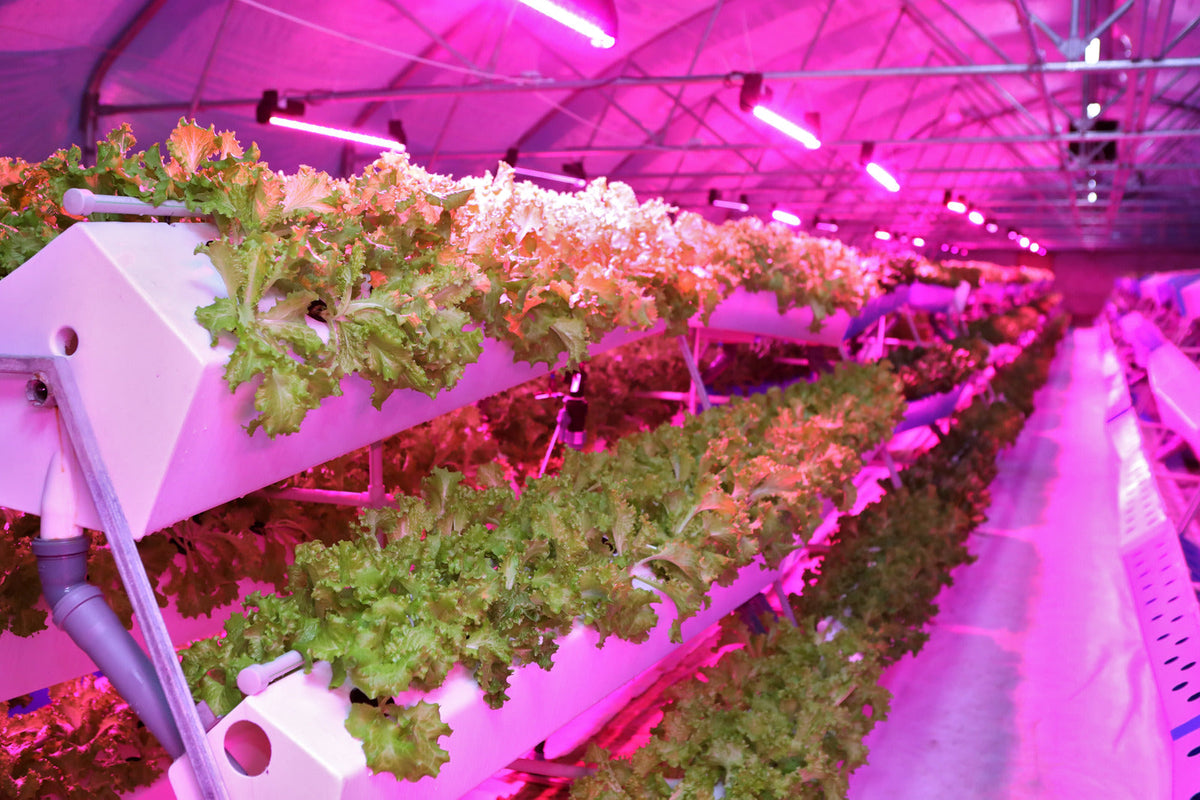
Water Less, Grow More: Aquaponics vs Hydroponics Watering Techniques
|
|
Time to read 4 min
|
|
Time to read 4 min
Gardening is a rewarding hobby that can yield delicious produce and beautiful plants. However, it can also be time-consuming, especially when it comes to watering techniques. That’s where aquaponics and hydroponics come in. These innovative gardening methods can save water and time while providing optimal growing conditions for your plants. Let’s dive into the world of water-efficient gardening and discover which system might be best for you.
Aquaponics watering techniques use is an ingenious system that marries aquaculture (raising fish) with hydroponics (soilless plant cultivation), creating a symbiotic environment. This system utilizes the waste produced by fish as a natural fertilizer for plants. In turn, the plants purify the water, which is then recirculated back to the fish tanks. It’s one of the most seamless watering techniques cycle that mimics natural ecosystems.
Aquaponics combines raising fish with soilless plant cultivation, creating a symbiotic environment.
Materials Needed:
Instructions:
Hydroponics are watering techniques of growing plants mineral nutrient solutions in water, without soil. Plants are supported using an inert medium, such as perlite or rockwool, which holds the roots while the nutrient solution is delivered directly to them. This direct delivery system is what makes hydroponics efficient watering techniques.
The Kratky method is a passive hydroponics watering techniques system that doesn’t require electricity or pumps, making it ideal for beginners.
Materials Needed:
Instructions:
Water is the lifeblood of any aquaponics system. It serves as the medium through which nutrients are transported from fish to plants. Maintaining a clean and balanced aquatic environment is crucial, and regular testing of water parameters is an essential watering techniques to ensure the health and productivity of your aquaponics garden.
Hydroponics requires a different approach to watering techniques. The frequency and method of delivering the nutrient solution to the plants’ roots depend on the type of hydroponic system you choose. Some systems may require a constant flow of water, while others may use a periodic flooding method. Understanding these watering techniques is key to hydroponic success.
Both systems are highly efficient in terms of water usage. However, aquaponics might edge out hydroponics in sustainability due to its closed-loop system and organic nature.
Hydroponics might be slightly easier for beginners since it involves fewer variables (no fish to care for). However, aquaponics watering techniques are becoming more user-friendly with ready-to-use kits.
Initial setup costs for aquaponics can be higher due to the need for fish tanks and additional components. Hydroponics can be more budget-friendly in watering techniques, especially if you DIY your system.
Whether you choose an aquaponics or hydroponics watering techniques, both systems offer a water-efficient approach to gardening that can be adapted to suit your needs. They allow you to grow a variety of plants with less water and effort, making them ideal for those looking for effective watering techniques. The decision ultimately comes down to personal preference, available space, time commitment, and budget.
Understanding the needs of your plants and being willing to learn and adapt are the keys to success with either system. With the right approach, you can enjoy a lush, productive garden using these innovative watering techniques.


